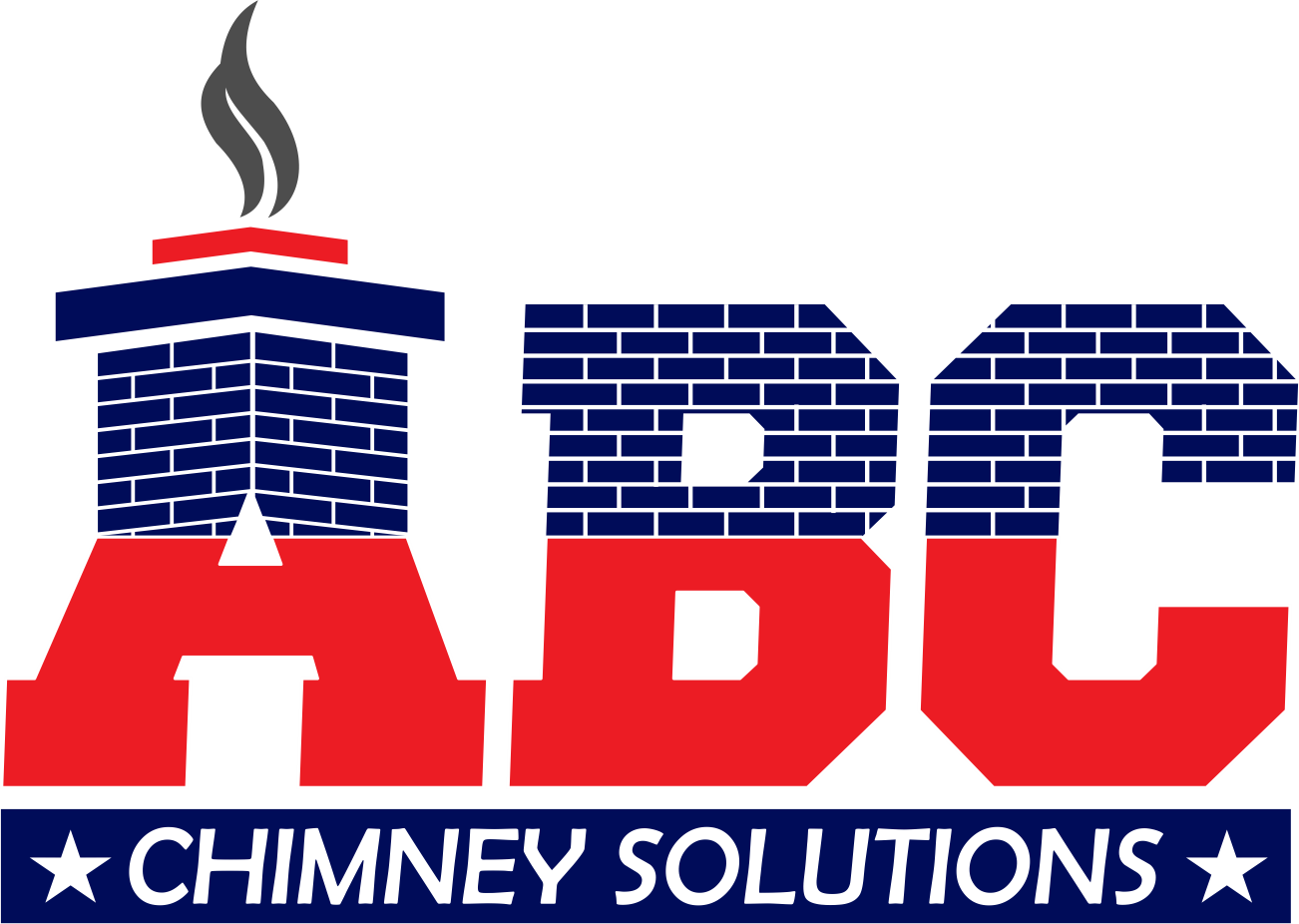Imagine sitting by your cozy fireplace, only to hear scratching or flapping noises coming from above. Yep—there’s a good chance an animal has made its way into your chimney.
It might sound wild, but it’s actually pretty common. Birds, squirrels, raccoons, and even bats love chimneys. They’re dark, warm, and safe from predators—basically a five-star hotel for wildlife.
In this post, we’ll explain why animals end up in chimneys, the problems they cause, and—most importantly—how you can keep them out for good.
Why Do Animals Get into Chimneys?
Chimneys might look like solid structures from the outside, but to an animal, they can seem like the perfect place to nest or hide. Here’s why:
1. They’re Warm and Sheltered
Especially in colder months, the warmth coming from a chimney can be really attractive to animals looking for a safe spot to stay.
2. They’re Dark and Quiet
The inside of a chimney is dark, dry, and protected from wind, rain, and predators. Animals instinctively look for places like this when nesting.
3. They Look Like Hollow Trees
To creatures like squirrels and raccoons, chimneys are very similar to hollow tree trunks—so they naturally try to climb in.
Common Animals That Get into Chimneys
Here are a few of the usual suspects:
-
Birds (especially chimney swifts): These birds actually nest inside chimneys and are protected by law in many areas.
-
Squirrels: They can squeeze through tiny gaps and often fall into chimneys by accident.
-
Raccoons: Smart and sneaky, raccoons often climb into chimneys to give birth and raise their young.
-
Bats: Since bats sleep upside down and love dark places, chimneys make a perfect home.
What Problems Can Animals Cause?
It might seem harmless at first, but having animals in your chimney is a big problem. Here’s why:
🔥 Blockages
Nests and animal debris can block airflow. This can lead to smoke backing up into your home or even increase the risk of carbon monoxide poisoning.
🔥 Fire Hazards
Dry nesting materials like twigs, grass, or leaves are highly flammable. If you light a fire while a nest is in there—boom, chimney fire.
💩 Droppings and Odors
Animal waste doesn’t just smell—it can also carry bacteria and disease, including histoplasmosis from bat droppings.
🐾 Noise and Disturbance
Scratching, chirping, squeaking, and flapping sounds are all signs of unwelcome guests. Some animals even die in chimneys and create terrible smells.
How to Tell if You Have an Animal in Your Chimney
Look (or listen) for these signs:
-
Strange noises coming from the fireplace or chimney
-
A strong, musty or rotting smell
-
Flies or insects gathering near your fireplace
-
Bits of twigs, leaves, or fur falling into the hearth
-
Smoke backing up into the house even when the damper is open
If you suspect an animal is inside your chimney, don’t light a fire—you could seriously harm the animal or damage your home. Call a chimney professional or wildlife removal expert right away.
How to Keep Animals Out of Your Chimney
Good news: keeping animals out is actually pretty simple once you know what to do.
✅ 1. Install a Chimney Cap
This is the #1 best solution. A chimney cap is a metal or stainless-steel cover that fits over the top of your chimney. It has mesh sides to keep animals out but still lets smoke escape.
Many also protect against rain and debris. It’s a small investment (usually $100–$300) that solves a lot of problems.
✅ 2. Do Annual Chimney Inspections
A professional sweep can spot signs of nests, damage, or missing caps. According to the Chimney Safety Institute of America (CSIA), chimneys should be inspected at least once a year.
✅ 3. Check for Cracks and Gaps
Sometimes animals sneak in through cracks in the chimney crown or flashing. If your chimney is old or hasn’t been maintained, it might have openings you can’t see from the ground.
✅ 4. Trim Back Tree Branches
Long tree limbs give squirrels and raccoons an easy path to your roof. Cut back any branches within 6–10 feet of your chimney to make it harder for them to get there.
✅ 5. Listen and Act Quickly
If you hear unusual sounds from your chimney, don’t ignore them. The sooner you act, the easier it is to remove the animal safely and avoid damage or disease.
What If There’s Already an Animal Inside?
Don’t try to smoke it out or trap it yourself. Some animals—like chimney swifts—are federally protected, and killing or disturbing them can lead to fines.
Instead:
-
Call a licensed wildlife removal expert
-
Make sure the animal is safely removed
-
Have a chimney sweep clean and inspect the flue afterward
-
Install a chimney cap to prevent future visitors
Final Thoughts
Animals might seem cute when they’re outside—but inside your chimney, they’re a real problem. Nests, droppings, noises, and even fire risks are all possible when creatures take up residence in your flue.
The solution is simple: get a good chimney cap, do yearly inspections, and watch for signs of unwanted guests. It’s one of the easiest ways to protect your home, your health, and your peace of mind.
